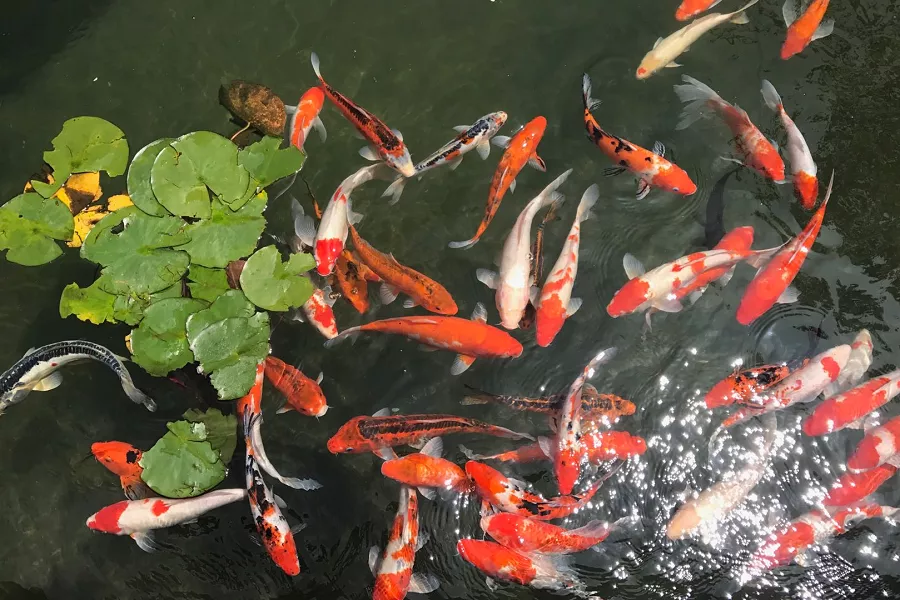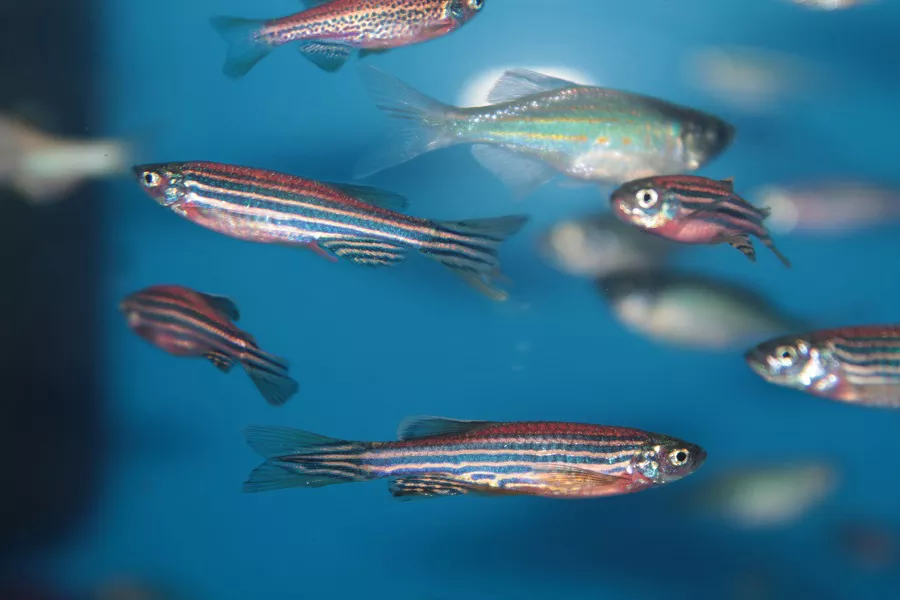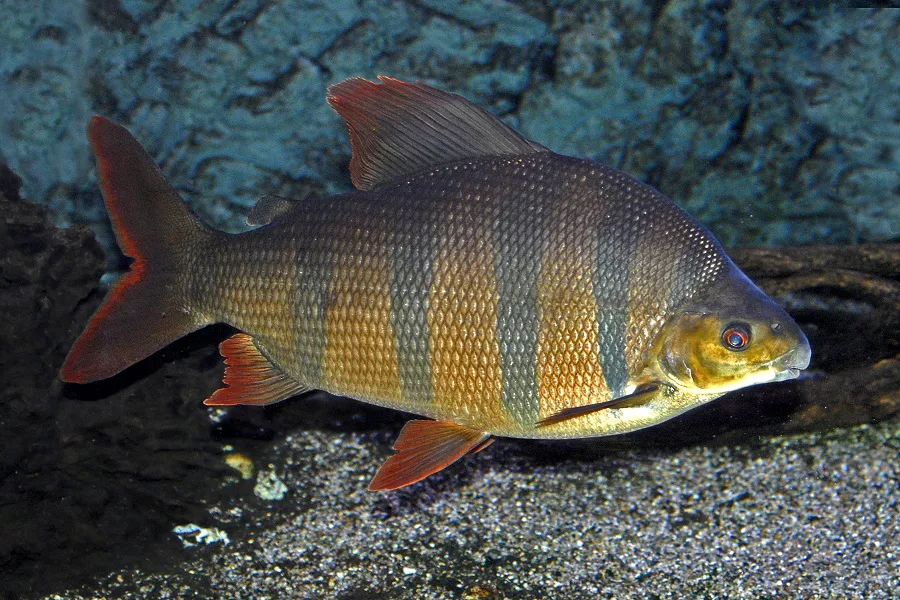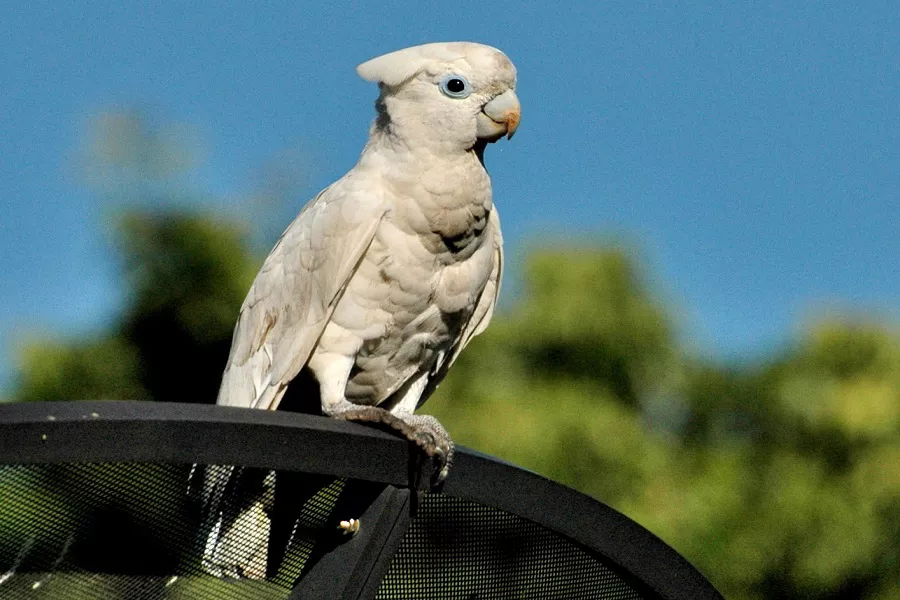What is eurasian carp?
Eurasian carp (Cyprinus carpio haematopterus) belongs to Cyprinidae (Cyprinidae) biologically, and there are more than 3,700 species in 210 genera of Cyprinidae in the world. It is a high-end ornamental fish that is popular in the world today, and has the reputation of “living gems in the water” and “swimming art”.
What does the eurasian carp look like?
The koi have a healthy physique, bright colors, changeable patterns and majestic swimming postures, which are of high ornamental and breeding value. Its body length can reach 1-1.5 meters. Koi are distinguished by different colors, patterns and scales. Among them, the butterfly koi was only successfully cultivated in the 1980s. It is famous for its long and smooth fins. It is actually a cross between a koi and an Asian carp, and it is not a real koi.
Koi’s coloration includes one to several colors, including: white, yellow, orange, red, black, and blue (a light gray shade due to the black under the fish scales), matt or glossy. Although there are endless variations of the pattern, the best ones are the round little spots on the top of the head and the stepped stone-like pattern on the back. Fish scales may or may not be present; large or small; or wrinkled, like “diamonds”.
eurasian carp living habits
Koi are omnivorous. Koi are gentle in nature, like to swim in groups, easy to raise, and have strong adaptability to water temperature. It can live in a water temperature environment of 5-30 °C, and the growth water temperature is 21-27 °C.
In addition to the high and low water temperature and the abundance of bait, which can affect the growth rate of koi, there are also great differences in the growth of female and male fish. The age of koi is the same as that of most fish. The number of annual rings on the scales is determined, which means the age of the koi.
eurasian carp rearing
Environmental requirements
Like goldfish, koi do not have strict requirements on water temperature and water quality. The suitable temperature range is 2°C to 30°C, but they cannot resist sudden changes in water temperature and the temperature difference suddenly exceeds 2°C to 3°C. Koi will experience discomfort. The optimum water temperature is 20°C. ℃~25℃; needs sufficient oxygen, suitable for living in slightly alkaline, low hardness water environment.
food requirements
Koi are omnivorous fish, generally mollusks, fragments of higher aquatic plants, benthic animals and even fine algae or synthetic pellets can be eaten.
Species selection
The fish should be selected with healthy fish body, no injury, no scaling and other diseases, bright fish body, various colors and well-defined boundaries.


























